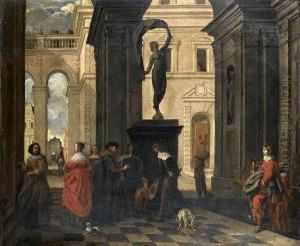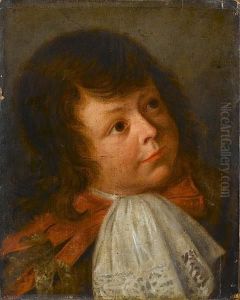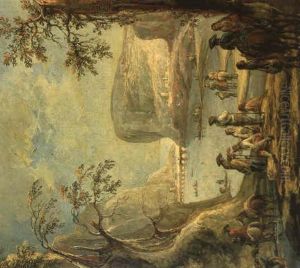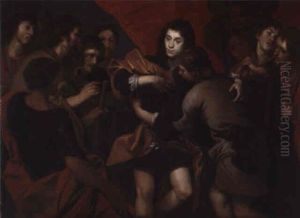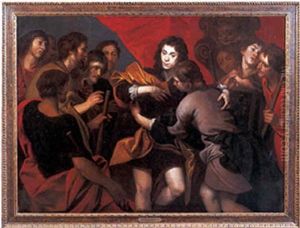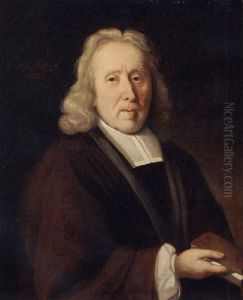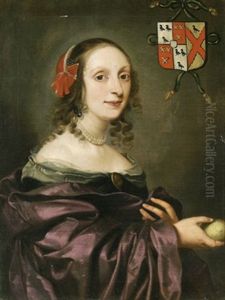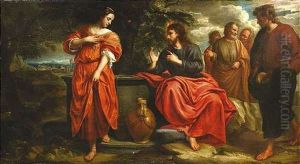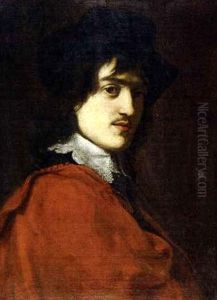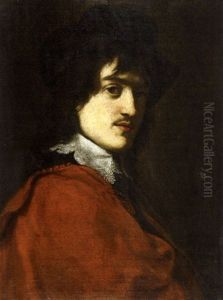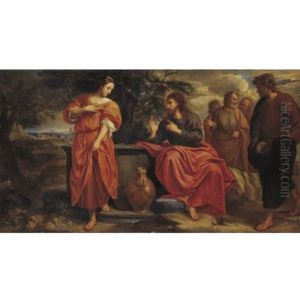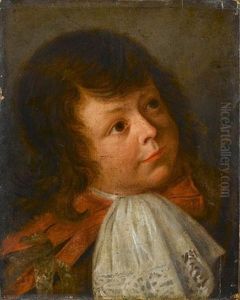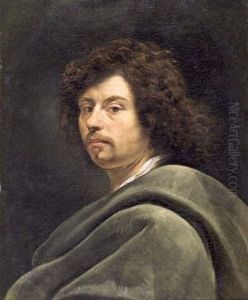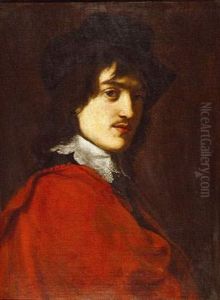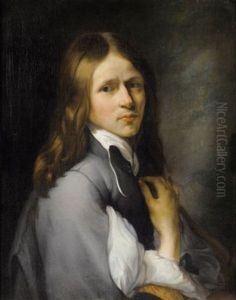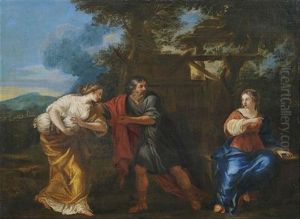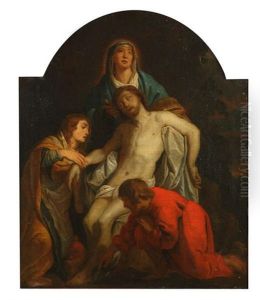Jacob Oost The Younger Paintings
Jacob Oost the Younger was a Flemish artist born in Bruges in the year 1634. He was part of a family with a strong artistic tradition; his father, Jacob Oost the Elder, was also a painter. Oost the Younger is known for his work during the Baroque period, which was characterized by dramatic expression, rich color, and intense light and shadow.
Oost the Younger received his early training from his father, which was common in the period for artistic skills to be passed down through generations. He possibly also trained with other local painters in Bruges to hone his craft. His work mainly consisted of religious subjects, portraits, and genre scenes. Oost developed a reputation for his skill in capturing the human figure and the subtleties of facial expressions.
While not as widely known as some of his contemporaries, Oost the Younger contributed to the cultural landscape of 17th-century Flemish art. He worked during a time when the influence of the Dutch Golden Age was spreading, and the artistic focus in the region was shifting towards more secular and everyday subjects. Despite this, Oost remained relatively traditional in his choice of themes, often depicting biblical scenes and classical mythology.
There is not a wealth of information about Oost the Younger's life beyond his artistic production. However, his paintings suggest that he had a successful career and was able to support himself through his art. His works are held in various museums and collections, offering insight into the regional styles of the Baroque period in the Low Countries.
Jacob Oost the Younger lived during a time of great change in Europe, both culturally and politically. He died in 1716, leaving behind a body of work that reflects the artistic transitions of his time and the enduring Flemish appreciation for skillful painting. His legacy is overshadowed by more prominent names of the era, but he remains a figure of interest for those studying the nuances of Flemish art in the late 17th and early 18th centuries.
